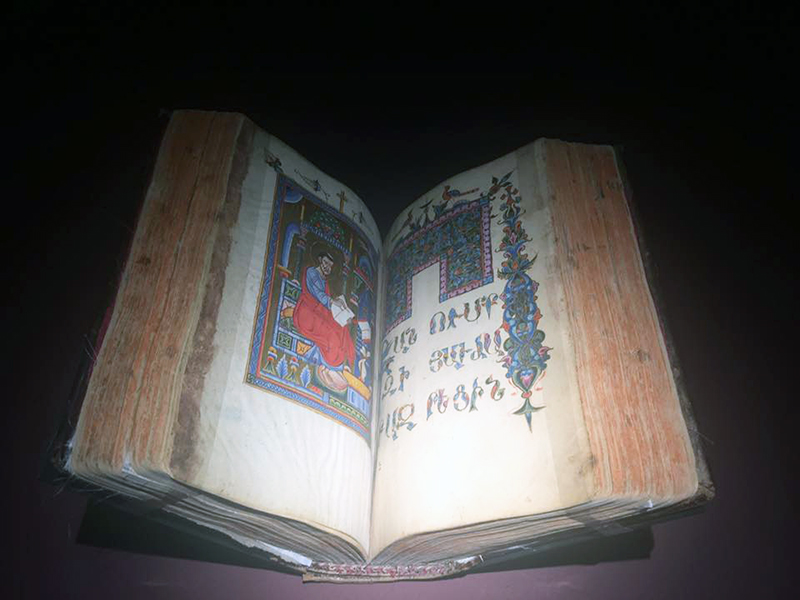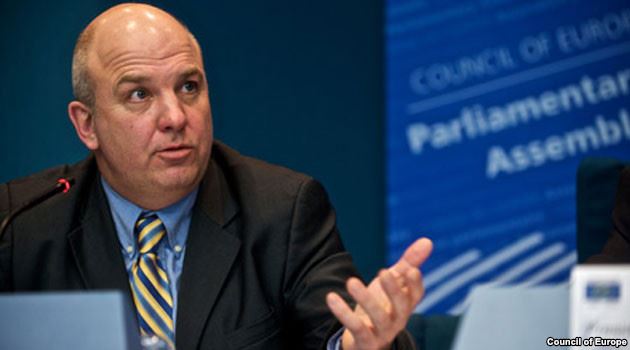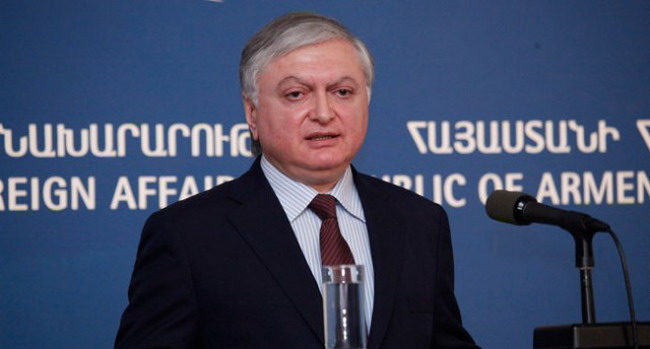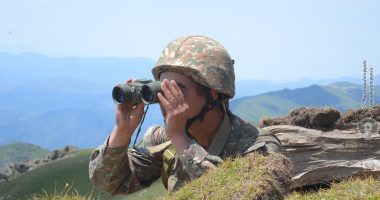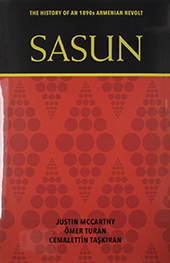

Volume 79, Issue 1
Spring 2017
Pages 184–185
Sasun: The History of an 1890s Armenian Revolt.
By Justin McCarthy, Ömer Turan, and Cemalettin Taskiran.
(Salt Lake City, UT: University of Utah Press, 2014. Pp. 496. $32.00.)
By Richard G. Hovannisian
The Sasun crisis in 1894 was a watershed in Ottoman-Armenian history, as it marked the beginning of the process of elimination of the native Armenian population, continuing with widespread massacres in 1895-1896 and in 1909 and culminating in the genocidal deportations and massacres of 1915 to 1923. The historiography of more than a century has described and analyzed in detail the tribulations of the Armenian peasantry in the mountains of Sasun in the eastern reaches of the Ottoman Empire, their being stirred up by revolutionaries to resist Kurdish predations, and their victimization in 1894, reportedly with the involvement of regular Turkish armed forces.
Admittedly, the Sasun crisis was complex with rapidly changing political and economic structures affected by the extension of firmer governmental control in the eastern Ottoman provinces, the sharpening of tensions between the Armenian peasantry and the local Kurdish tribesmen and their exacting agha chieftains, and the agitation of Armenian political activists who urged the villagers to stand firm against the heightened exploitation. These and other factors created a deadly scenario of Armenian resistance, Kurdish retribution, and Turkish military involvement, ending in brutal killings and plunder of large numbers of Sasun-Armenians and the destruction of many villages.
In this volume, as it were, the authors set out to debunk what they consider to be the Sasun myth. To that end, the voluminous corpus of contemporary press accounts, missionary reports, consular dispatches, diplomatic correspondence and official publications, and the findings of the European delegates attached to the Ottoman Commission of Inquiry that were subsequently sent to the region are examined. Each, in turn, is found to have contributed to the distortion of what really happened and to creating the false impression of Armenian victimhood and Turkish and Kurdish aggression, when, as the authors would have it, the Armenians were in revolt and the truth was more or less the opposite. Nearly half the volume is meant to discredit the condemnatory report submitted by the European delegates attached to the Sasun Commission of Inquiry, though almost all the rest of the book focuses on the prejudice and irresponsible reporting of European consular and embassy officials, missionaries, journalists and publishers, and Armenian witnesses. The authors attribute this fable of murder and mayhem in Sasun to Western, especially British, propaganda and hostility toward Turks and Islam and to a desire to find a pretext to interfere further in Ottoman affairs, purportedly to assist the oppressed Christian minority.
The introductory pages of the text do offer some useful information on the demography and geography of Sasun, but there is little more that can be said to commend the collective labor that was committed for this work. The book lacks any serious discussion of the actual complaints of the Armenians that led to the formation of revolutionary societies, which are blamed for the Sasun incidents. The extensive scholarly literature on the subject, which reaches conclusions fully contrary to those put forward by the authors, is dismissed out of hand in a terse, two-page “Bibliographical Note.” It appears that Sasun: The History of an 1890s Armenian Revolt is only one of a series of revisionist treatises emanating from the University of Utah Press, with funding from the Turkish Coalition of America.
Constructive revisionist history is often timely and persuasive, as it challenges outdated concepts and interpretations. In this case, however, the arguments are disappointingly skewed and unconvincing.


